Tu carrito está vacío
Envío gratis a partir de $150 (No incluye productos de gran tamaño)
Envío gratis a partir de $150 (No incluye productos de gran tamaño)
Bandas de lijado
Discos de lijado

Famous Blacksmiths That Shaped History
por David Kranker 8 lectura mínima

The art of blacksmithing has forged more than just tools, utensils, and weapons; it has shaped history itself. From ancient times to the modern era, blacksmiths have played a key role in technological advancements and cultural developments. Their skill and creativity have left a lasting mark on society, influencing everything from agriculture and warfare to art and architecture.
In this blog, we will take a closer look at the lives and achievements of 12 famous blacksmiths. Some of them were known for their exceptional craftsmanship while others introduced innovative techniques and tools that revolutionized their fields and paved the way for future developments.
Early Blacksmiths
The craft of blacksmithing dates back to the earliest days of human civilization. Among these early pioneers, one figure stands out for his contributions and enduring legacies: Tubal-Cain. His story highlights the importance of blacksmithing in shaping human progress and culture.

Tubal-Cain
Tubal-Cain is mentioned in the Bible as the first blacksmith. His work with bronze and iron helped to propel human societies forward and laid the groundwork for the development of stronger tools and weapons, which were crucial for agriculture and warfare.
Tubal-Cain's ability to work with metal represented a big leap in technological progress. Before his contributions, tools were primarily made from stone and wood, which limited their durability and effectiveness. The introduction of bronze and iron tools allowed for more efficient farming, hunting, and building, which in turn supported the growth of larger and more complex societies. Tubal-Cain's work set the stage for future generations of blacksmiths, who would continue to build on his techniques and push the boundaries of what was possible with metal.
Medieval Blacksmiths
The medieval period was a golden age for blacksmithing, marked by remarkable advancements in craftsmanship and technology. Blacksmiths of this era created weapons, tools, and art that reflected the cultures they came from. Among these skilled artisans, three figures stand out: Masamune, Ulfberht, and Goro Nyudo Masamune. Their contributions to the craft of blacksmithing are legendary and have left a lasting legacy that continues to inspire modern metalworkers.

Masamune
Masamune, a Japanese swordsmith from the Kamakura period, is renowned for his exceptional skills and artistry. His swords are celebrated for their beauty, strength, and sharpness. They were not only functional weapons but also works of art. Samurai warriors prized his swords, which became symbols of honor and bravery.
Masamune's techniques in forging and tempering steel set the standard for future generations of swordsmiths. His process involved folding the steel multiple times to create a blade that was both flexible and incredibly sharp. This detailed method resulted in swords with unique patterns on the blade, adding to their aesthetic appeal. The legacy of Masamune's craftsmanship continues to influence Japanese sword making to this day, with his blades considered national treasures and revered examples of superior blacksmithing.
Ulfberht
Ulfberht was a mysterious blacksmith from Viking-era Europe, specifically between the 9th and 11th centuries. The Ulfberht swords are renowned for their high quality and advanced metallurgy. Made from high-carbon steel, these swords were stronger and more flexible than typical Viking swords. They often bore inscriptions, which added to their mystique and prestige.
The advanced techniques used in their creation puzzled historians and metallurgists for years. The carbon content and purity of the steel used in Ulfberht swords were far superior to that of other swords from the same period, indicating a knowledge of metallurgy that was ahead of its time. The name "Ulfberht" quickly became synonymous with quality and reliability in Viking weaponry, and these swords remain symbols of superior craftsmanship and innovation in medieval blacksmithing.
Goro Nyudo Masamune
Goro Nyudo Masamune is another renowned Japanese swordsmith. He lived during the late Kamakura period and is famed for his unparalleled craftsmanship. His swords, known as katanas, are masterpieces of balance, strength, and sharpness. Goro Nyudo Masamune's techniques included creating intricate patterns on the blades, known as hamon. These patterns were not only beautiful but also indicated the sword's quality and durability.
Goro Nyudo Masamune's work set a high standard for Japanese sword making, influencing countless swordsmiths who followed. His attention to detail and dedication to perfection made his weapons highly valued among samurai and collectors, and the techniques he developed for folding and tempering steel resulted in blades that were both resilient and razor-sharp. His legacy lives on in the many swordsmiths who strive to emulate his methods and in the timeless beauty of his creations.
Renaissance Blacksmiths
The Renaissance was a period of great cultural and artistic flourishing, and blacksmiths played an important role in this era. Their work went beyond functional tools and weapons to embrace the beauty and artistry that defined the Renaissance. Among the notable figures in this period are Benvenuto Cellini and Leonardo da Vinci, whose contributions to metalworking left a lasting impact.

Benvenuto Cellini
Benvenuto Cellini was an Italian goldsmith and sculptor during the Renaissance, known for his extraordinary craftsmanship and artistic talent. Living in the 16th century, Cellini became famous for his intricate metal sculptures and detailed goldwork. His creations ranged from delicate jewelry to grand statues, each piece showcasing his exceptional skill.
One of Cellini's most renowned works is the "Perseus with the Head of Medusa," a bronze sculpture that stands as a testament to his mastery. This piece, celebrated for its dynamic composition and exquisite detail, highlights Cellini's ability to transform metal into lifelike art. His autobiography also provides valuable insights into the techniques and challenges of Renaissance metalworking. Cellini's legacy lives on in the beauty and innovation of his works, which continue to inspire artists and metalworkers today.

Leonardo da Vinci
Leonardo da Vinci, a Renaissance polymath, made significant contributions to many fields, including metalworking. Known primarily as an artist, Leonardo was also an inventor and engineer, with a keen interest in the mechanics of metalwork. His designs and innovations in machinery had a profound influence on the field.
Leonardo's sketches and notebooks reveal a variety of inventions related to metalworking, such as machines for forging and shaping metal. He designed tools that improved the efficiency and precision of metalwork, including cranes, hammers, and cutting devices. These innovations helped pave the way for advancements in metalworking techniques and machinery.
Leonardo's curiosity and ingenuity extended to all aspects of his work, making him a true Renaissance man. His contributions to metalworking are a testament to his brilliance and his enduring influence on the craft.
Industrial Revolution Blacksmiths
The Industrial Revolution marked a period of immense technological progress and innovation, and blacksmiths and engineers of this era played a key role in advancing metalworking techniques and machinery. Among these influential figures were James Nasmyth and Henry Maudslay, whose groundbreaking inventions transformed the field of metalworking.

James Nasmyth
James Nasmyth was a Scottish engineer and inventor who made significant contributions during the Industrial Revolution. One of his most important inventions was the steam hammer, which he developed in the 1830s- this powerful tool revolutionized the process of forging and shaping metal.
The steam hammer allowed blacksmiths to work with larger and tougher pieces of metal, improving efficiency and precision. It also enabled the production of high-quality iron and steel components that were essential for building machinery, ships, and infrastructure. Nasmyth's invention greatly increased the scale and speed of metalworking, helping to drive industrial growth. The steam hammer became a symbol of the Industrial Revolution's transformative power, showcasing Nasmyth's impact on the industry.
Henry Maudslay
Henry Maudslay was a British innovator known for his development of precision machine tools. His work laid the foundation for modern engineering and manufacturing during the late 18th and early 19th centuries.
Maudslay's most notable contribution was the development of the screw-cutting lathe, which allowed for the production of accurate and uniform screws. This innovation was vital for creating standardized parts, which in turn enabled mass production. Maudslay also improved the accuracy and efficiency of other machine tools, making them more reliable and easier to use. His advancements in precision engineering were critical to the success of the Industrial Revolution, as they allowed for the creation of complex machinery and equipment.
Modern Blacksmiths
Today's blacksmiths continue to push the boundaries of their craft, creating works that are both functional and artistic. Among the prominent figures in modern blacksmithing are Samuel Yellin, Albert Paley, Peter Sevin, and Elizabeth Brim. Their contributions highlight the diversity and innovation in contemporary metalwork.
Samuel Yellin
Samuel Yellin was an early 20th-century American blacksmith renowned for his architectural ironwork. Born in Poland, Yellin moved to the United States in the early 1900s and quickly established himself as a master craftsman. His intricate and ornate designs can be seen in numerous buildings, including universities, banks, and private residences.
Yellin's work is celebrated for its attention to detail and artistic flair. He often combined traditional forging techniques with creative designs, resulting in ironwork that was both functional and beautiful. His contributions to architectural ironwork set a high standard for quality and craftsmanship, influencing generations of blacksmiths. Yellin's legacy lives on through the many buildings adorned with his ironwork, showcasing the timeless appeal of his creations.

Albert Paley
Albert Paley is a contemporary American artist and blacksmith known for his large-scale sculptures and innovative designs. Paley's sculptures often feature complex shapes and intricate details, reflecting his mastery of metalworking. His work spans several decades, beginning in the late 20th century and continuing today.
Paley's contributions to the art of blacksmithing are important, as he has redefined what is possible with metal. His sculptures can be found in public spaces, museums, and galleries around the world. Paley's innovative approach to design and his ability to manipulate metal into dynamic forms have earned him international acclaim and he continues to inspire both artists and blacksmiths with his groundbreaking work.
Peter Sevin
Peter Sevin is a modern-day blacksmith and educator who has made a lasting impact on the blacksmithing community. His work emphasizes both traditional techniques and contemporary applications, thereby bridging the gap between the past and present. His creations often showcase a blend of classic craftsmanship and modern innovation, reflecting his deep understanding of the craft’s history and its evolving nature.
As an educator, Sevin has dedicated much of his career to teaching the next generation of blacksmiths. He has taught at numerous institutions and workshops, sharing his extensive knowledge and passion for metalworking with students of all ages. Through his teaching, Sevin emphasizes the importance of mastering fundamental skills while encouraging creativity and experimentation. His approach ensures that students gain a solid foundation in traditional techniques while also exploring new methods and materials.

Elizabeth Brim
Elizabeth Brim is a contemporary American blacksmith known for her whimsical and artistic ironwork. Her work often features playful and imaginative designs that challenge traditional notions of blacksmithing, and her creations include everything from delicate flowers to bold sculptures, each piece showcasing her unique vision.
Brim's contributions to the art of blacksmithing are notable for their creativity and originality. She has pushed the boundaries of what can be achieved with metal, incorporating elements of humor and fantasy into her work. Brim's ironwork is celebrated for its artistic merit and technical skill, inspiring others to explore new possibilities in the craft.
Elevate Your Blacksmithing Project at Red Label Abrasives
Blacksmithing has a rich and diverse history that began with ancient pioneers like Tubal-Cain and continues with modern innovators such as Samuel Yellin and Elizabeth Brim. Each era has produced remarkable blacksmiths who have pushed the boundaries of their craft, blending tradition with innovation to create works that are both functional and artistic. These artisans have shaped not only the history of metalworking but also the cultural and technological development of their times.
At Red Label Abrasives, we offer industrial-grade abrasives that meet the high standards required by today’s metalworkers. Whether you are crafting intricate designs or large-scale sculptures, our sanding sheets, sanding belts, sanding discs, and other abrasives provide the precision and durability needed to bring your vision to life. To learn more or place an order, please contact us by calling 844-824-1956 or filling out our contact form today.Ver artículo completo

Cómo darle un acabado brillante a los muebles
por David Kranker 3 lectura mínima
Ver artículo completo ABOUT THE AUTHOR
David Kranker is a writer and creative maker who has been covering the abrasive and knife-making industries on the Red Label Abrasives Blog since 2020. David spends his time continually researching sanding and bladesmithing to provide readers with the latest and greatest information. In his free time, David utilizes abrasives for many different home and auto projects at his home in Delton, MI.
Belt Packs Made For Knife Makers
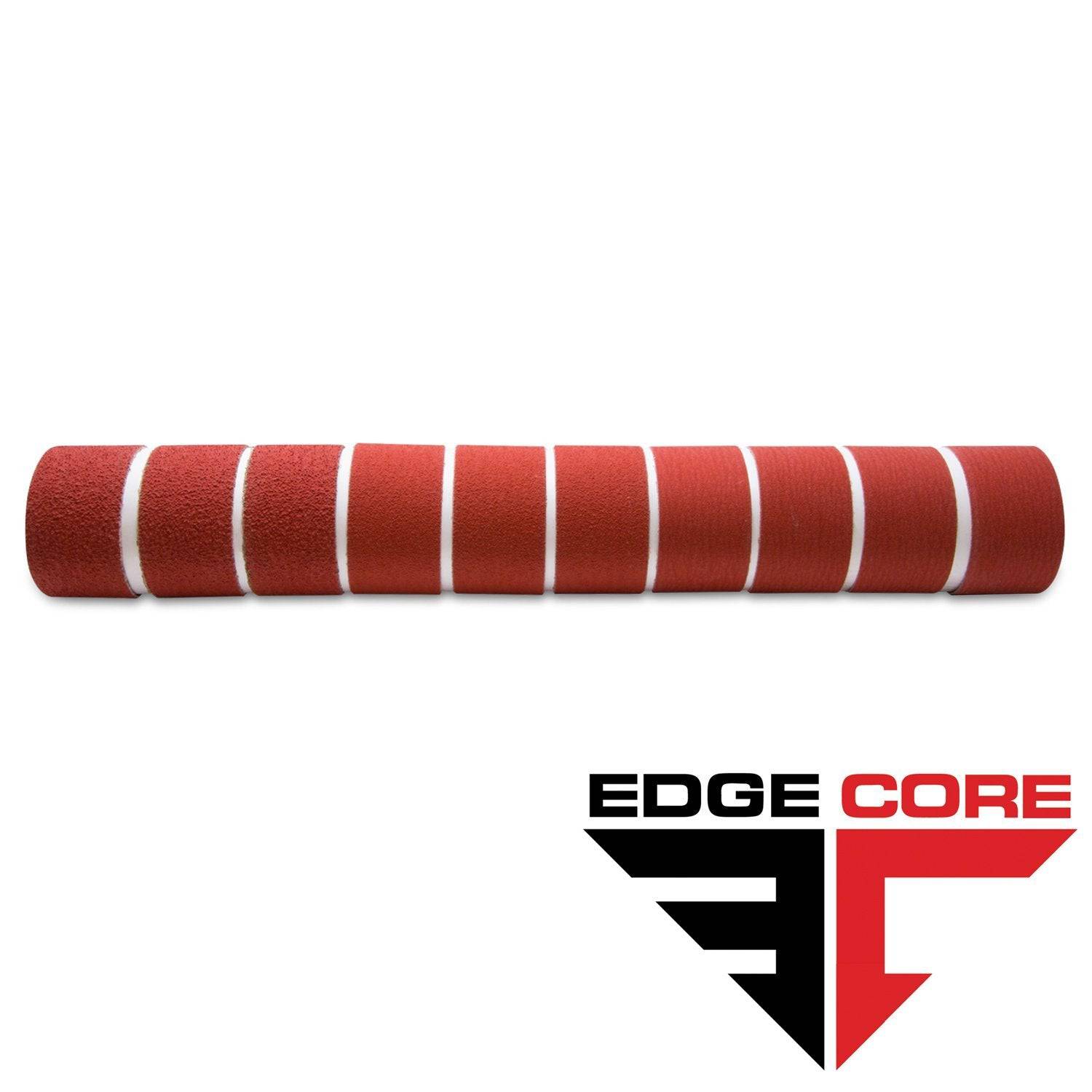
2 X 72 Inch Knife Makers Sanding Belts Assortment
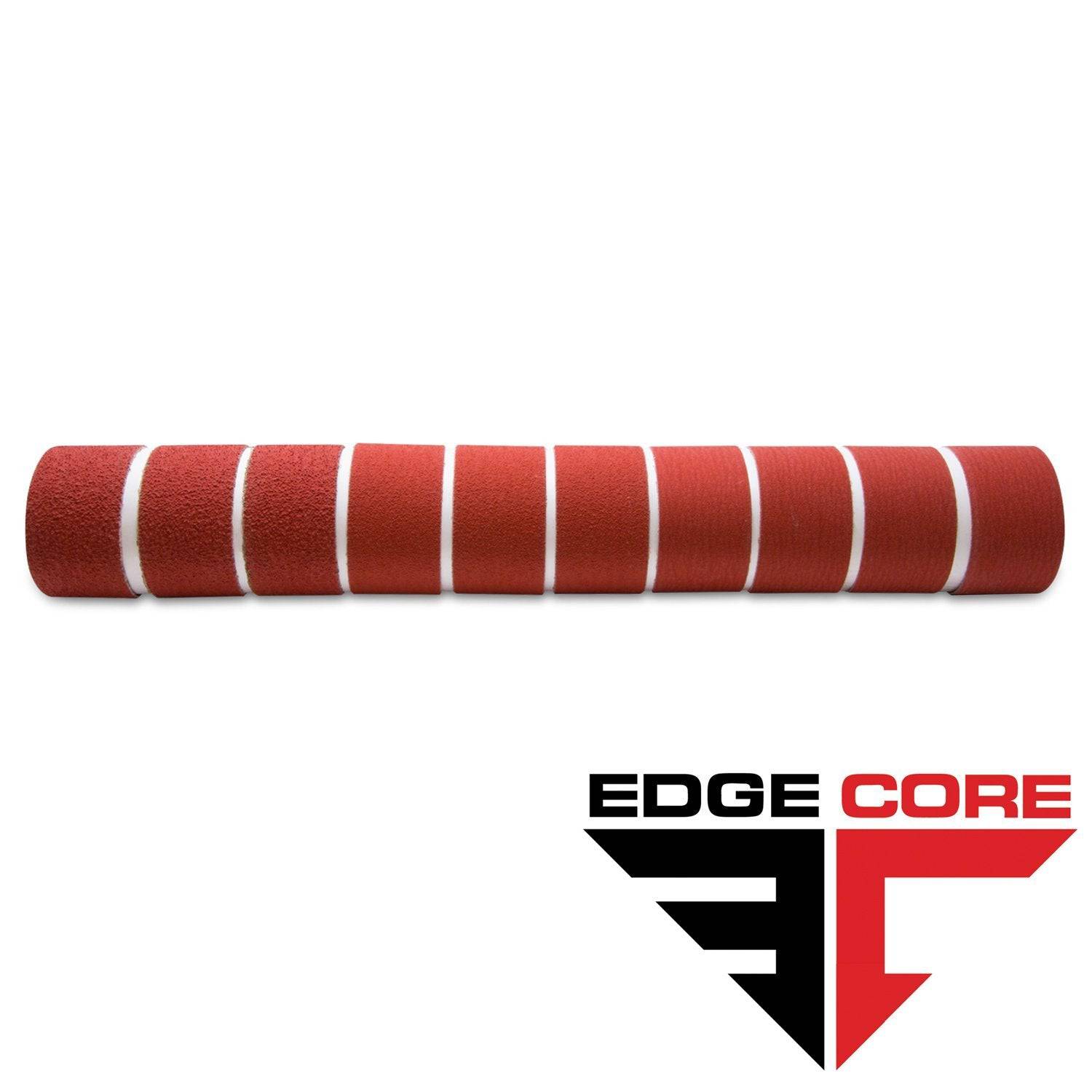
2 X 60 Inch Knife Makers Sanding Belts Assortment
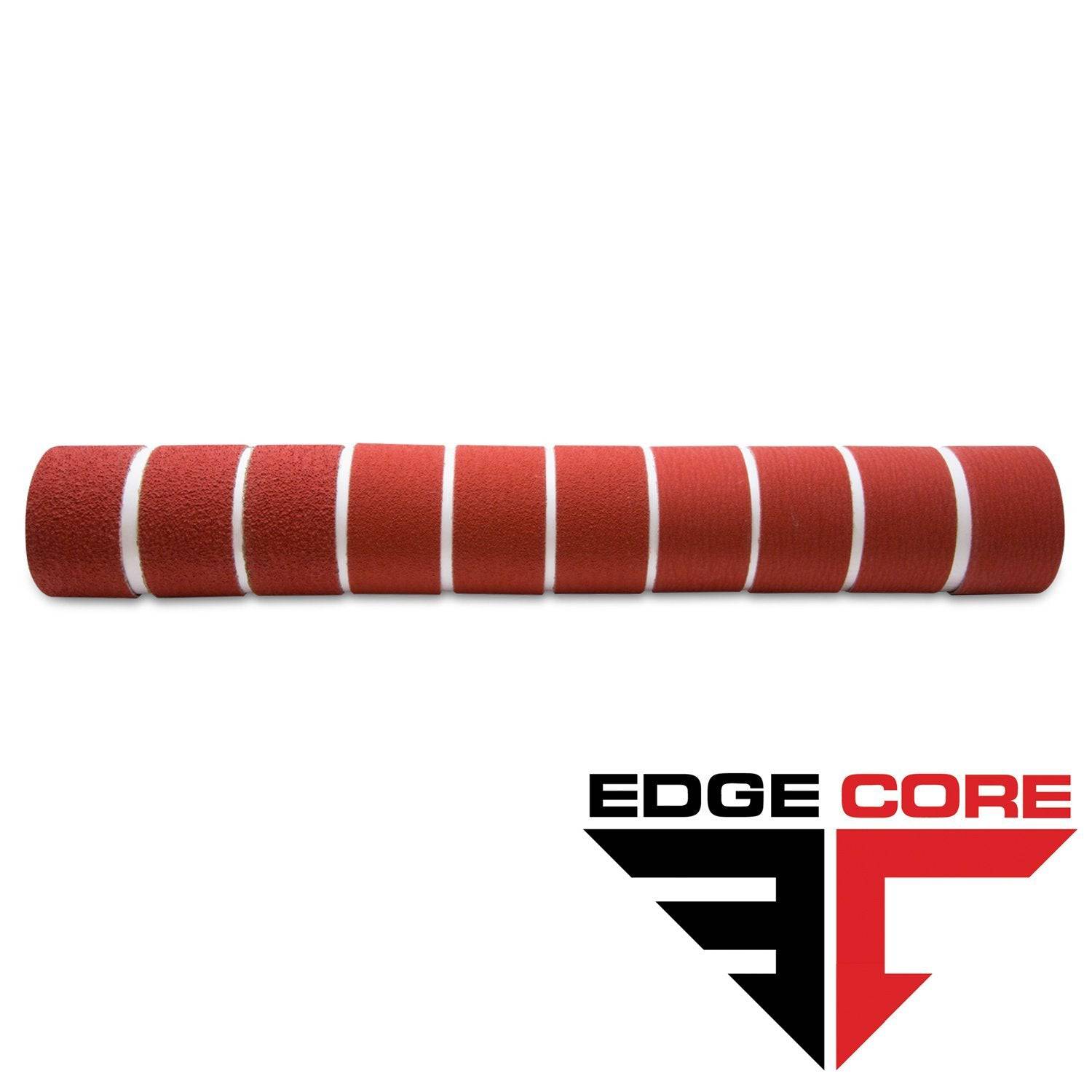
2 X 48 Inch Knife Makers Sanding Belts Assortment
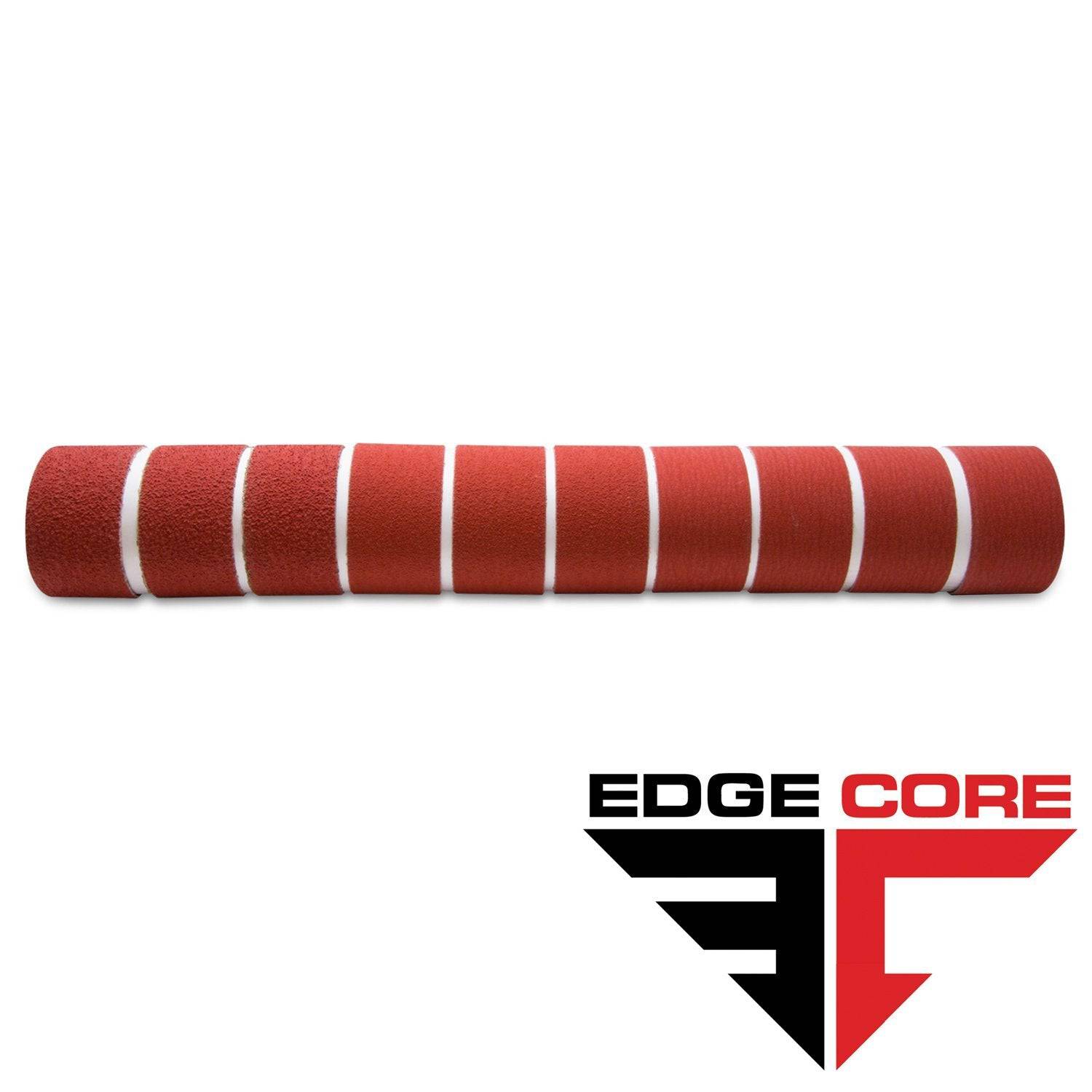
2 X 36 Inch Knife Makers Sanding Belt Assortment
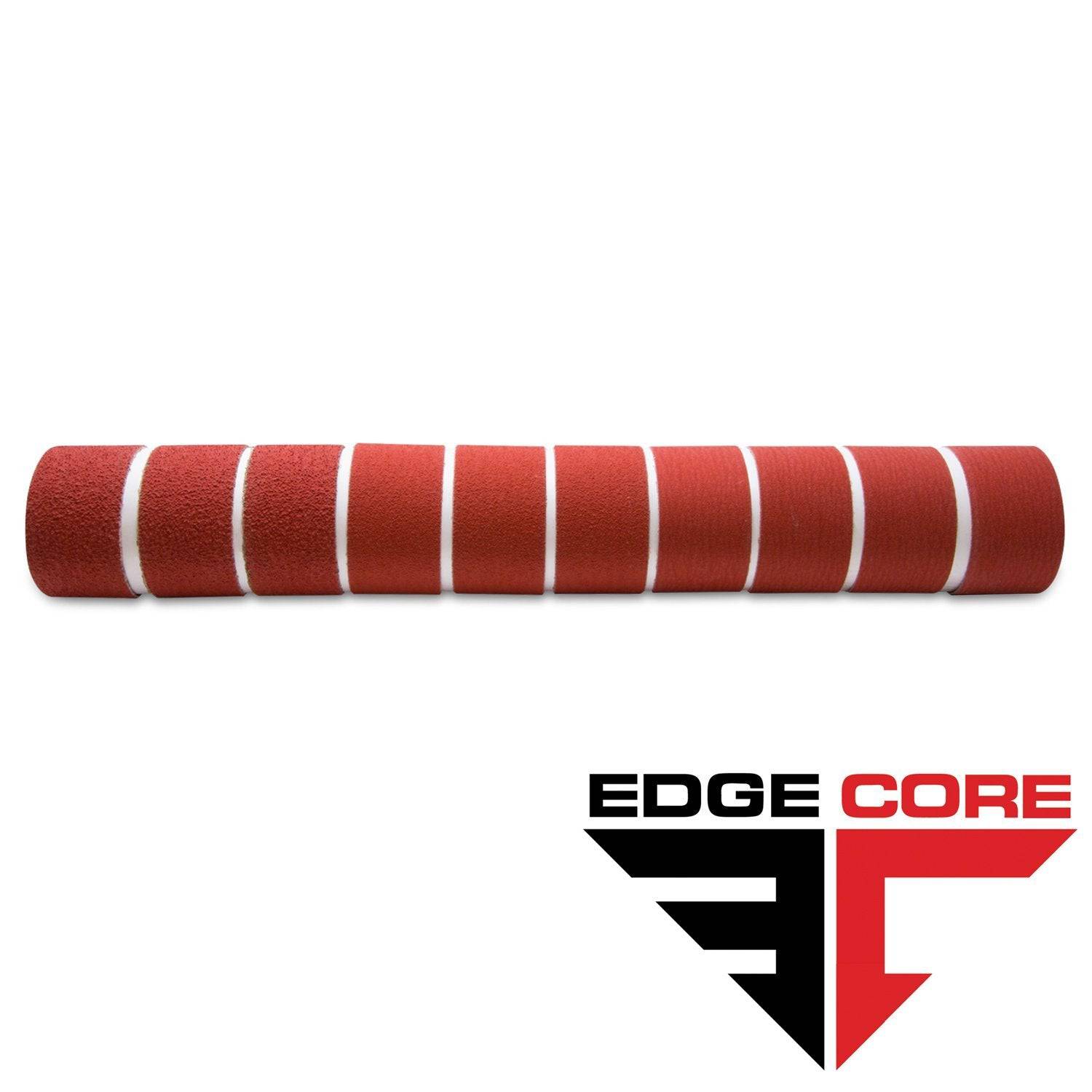
2 X 42 Inch Knife Makers Sanding Belts Assortment
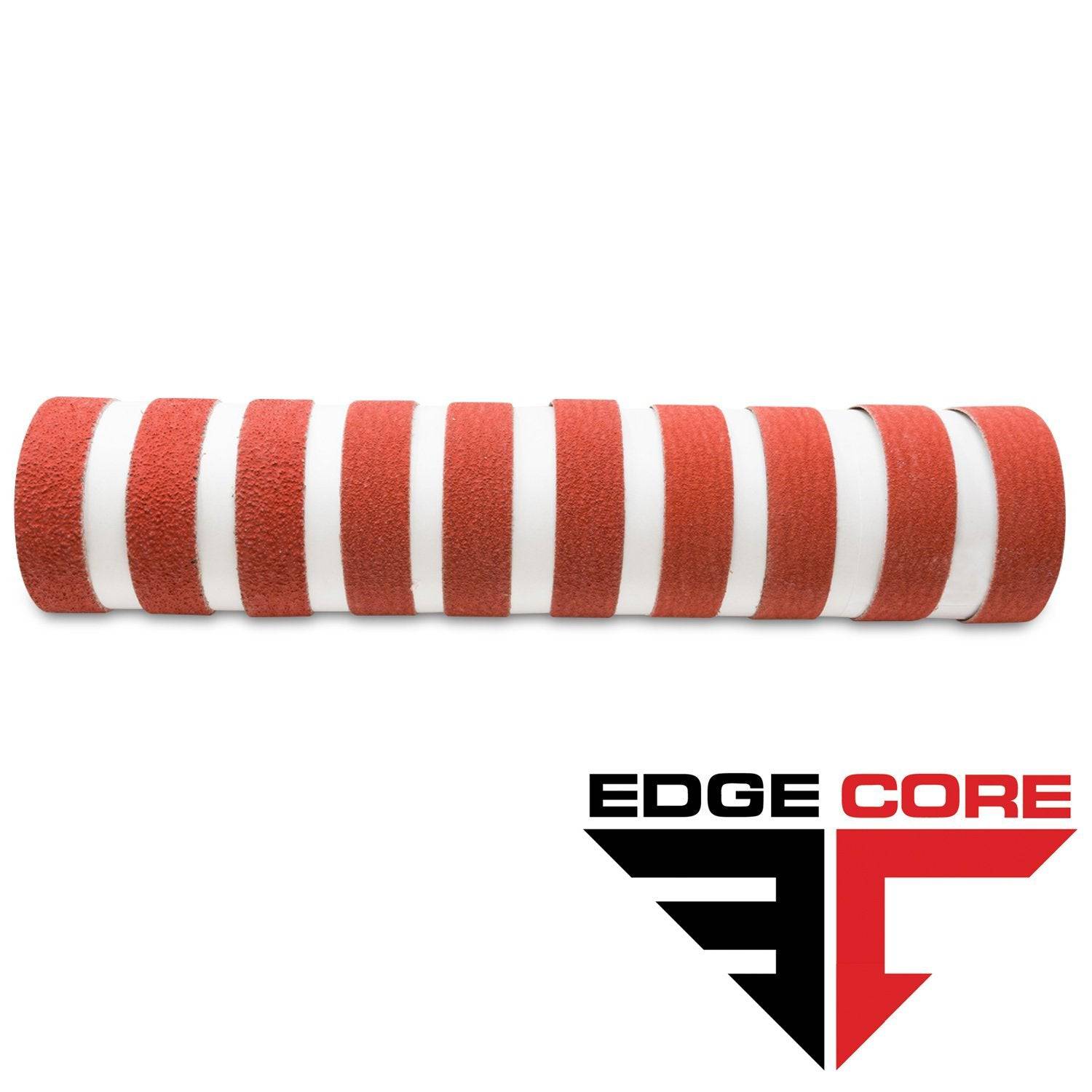
1 X 30 Inch Knife Makers Sanding Belts Assortment
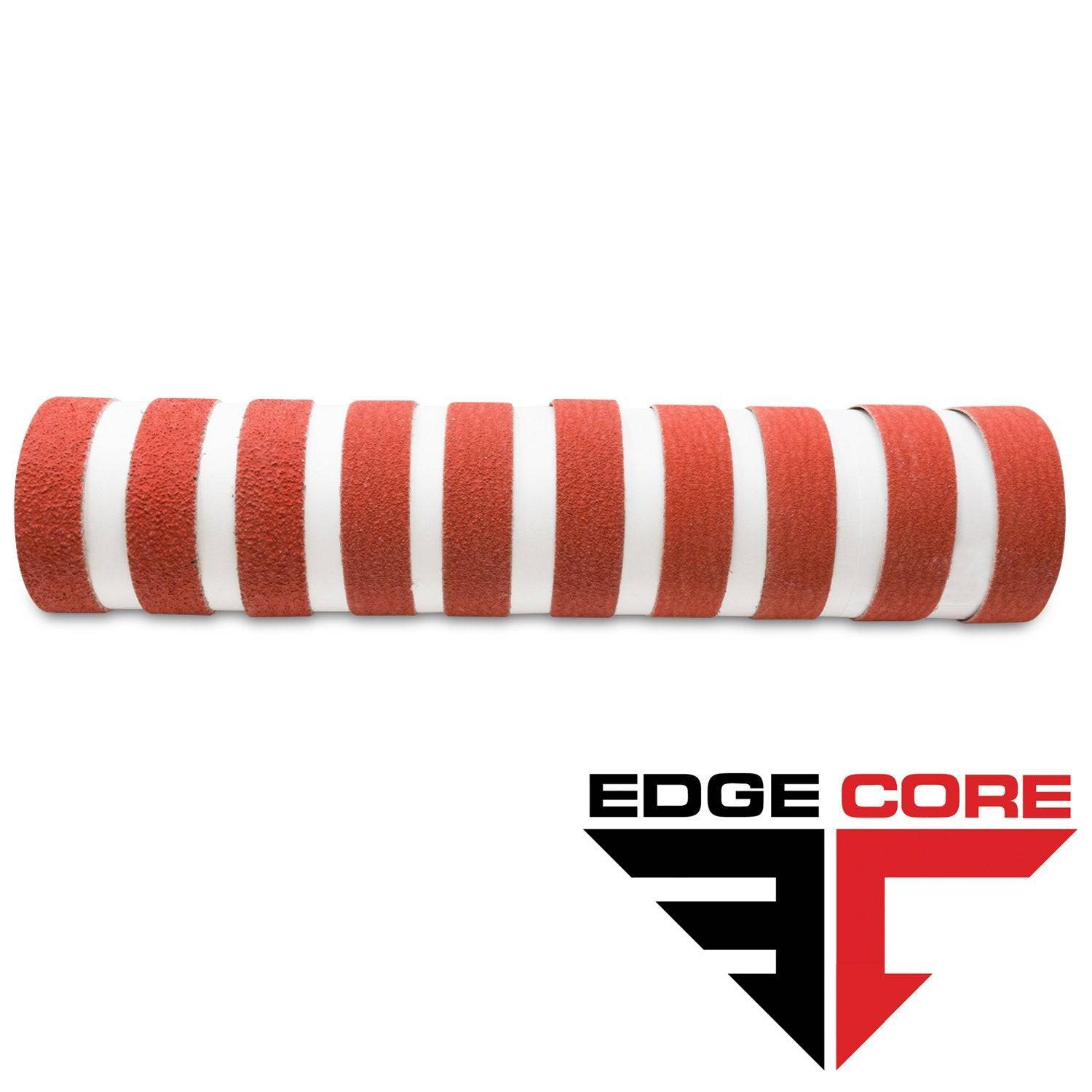
1 x 42 Inch Knife Makers Sanding Belt Assortment
Shop By Product Category





Why Choose Red Label?






